
Introduction
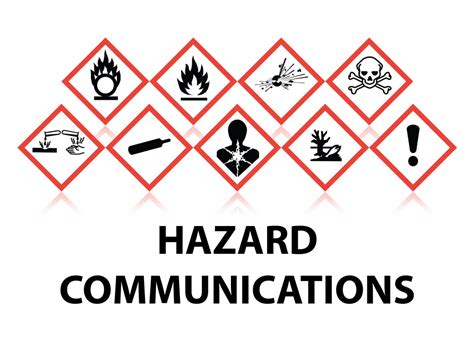

Aldridge, Inc. is committed to the prevention of hazardous material and chemical incidents that could result in injury and/or illness to any employee.
The Occupational Safety and Health Administration's (OSHA) Hazard Communication standard (29 CFR 1910.1200) is based on the simple concept that employees have both a need and a "right to know" the identities and hazards of any chemicals they work with. Employees also need to know what protective measures are available to prevent chemical exposures and how to avoid adverse health effects.
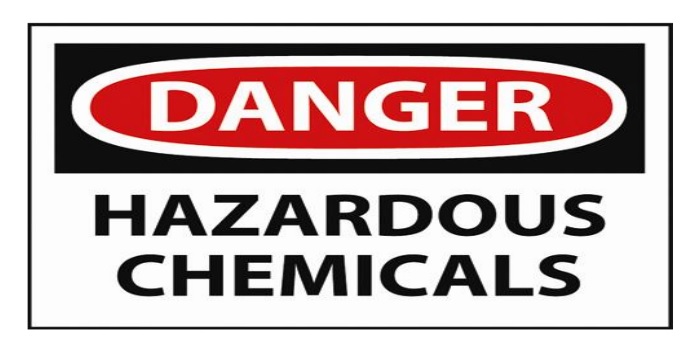 A Hazardous Chemical is...
A Hazardous Chemical is...

A substance or mixture that is classified as a:
- Physical or health hazard (flammable, carcinogenic)
- Simple asphyxiant
- Combustible dust
- Pyrophoric gas, or
- A hazard not otherwise classified (acute toxin)
Hazardous Chemical Labels
The labeling system to be used by Aldridge, Inc. follows the requirements in the 2012 revision of the OSHA Hazard Communication Standard to be consistent with the United Nations Globally Harmonized System (GHS) of Classification of Labeling of Chemicals. The label on the chemical is intended to convey information about the hazards posed by the chemical through standardized label elements, including symbols, signal words and hazard statements.
Primary Container Labels - (Manufacturer's Container)
A label that includes a product identifier, an appropriate signal word, hazard statement(s), pictogram(s), precautionary statement(s) and the name, address, and telephone number of the chemical manufacturer, importer, or other responsible party.
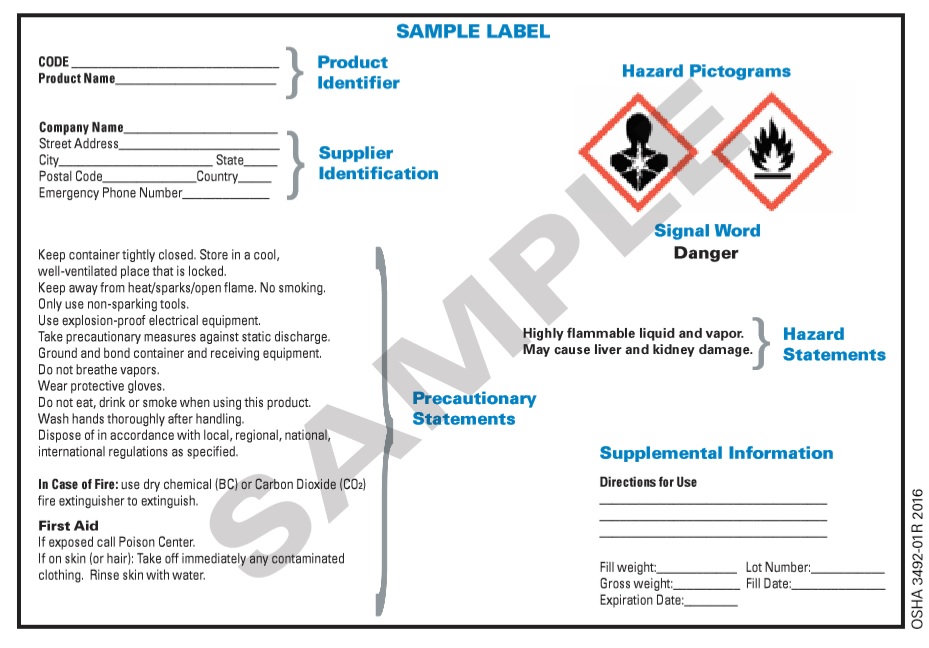
For each chemical, the manufacturer label must contain:
- Product identification
- Supplier Information
- One or more Hazard Pictogram(s)
- A Signal word
- Hazard Statements
- Precautionary statement(s)
- Supplemental Information
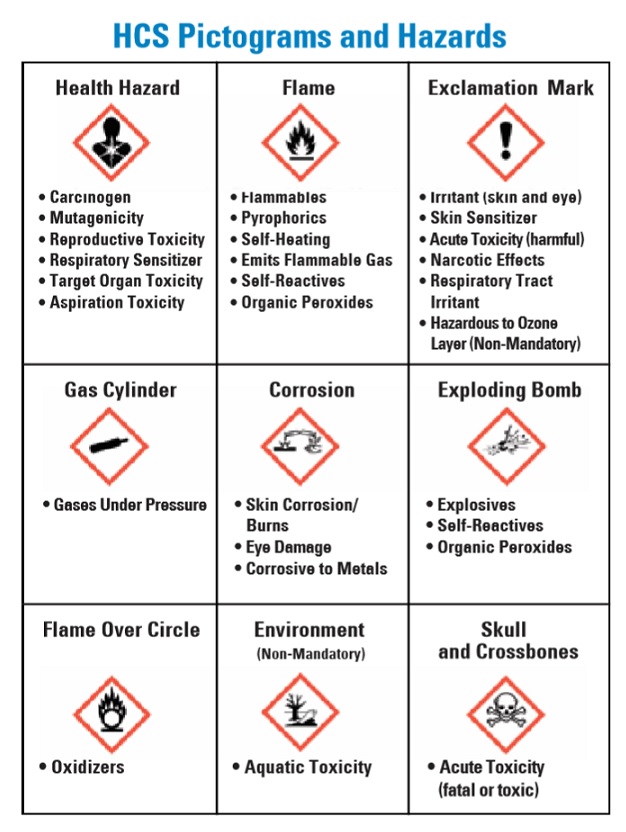 What is a Hazard Pictogram?
What is a Hazard Pictogram?

The Hazard Communication Standard (HCS) requires pictograms on labels to alert users of the chemical hazards to which they may be exposed. Each pictogram consists of a symbol on a white background framed within a red border and represents a distinct hazard(s). The pictogram on the label is determined by the chemical hazard classification.
What Is A Signal Word?
The signal word indicates the severity of the hazard.
- Danger = more severe hazards
- Warning = less severe hazards
What Is a Hazard Statement?
A hazard statement is a phrase that describes the nature of the hazard in the substance or mixture. Examples of hazard statements include:
- Causes serious eye damage
- Toxic if swallowed
- Toxic to the aquatic life with long lasting effects
- May cause allergy or asthma symptoms or breathing difficulties if inhaled
What Is a Precautionary Statement?
A precautionary statement is a phrase that describes recommended measure(s) to minimise or prevent adverse effects resulting from exposure to a hazardous chemical. Examples of precautionary statements include:
- Wear eye protection
- Do not eat, drink or smoke when using this product
- Avoid release to the environment
- In case of inadequate ventilation wear respiratory protection
Secondary Container Labels
OSHA requires secondary container labels to have the full GHS label, or: Product identifier and words, pictures, symbols, or combination thereof, which provide at least general information regarding the hazards of the chemicals, and which, in conjunction with the other information immediately available to employees under the hazard communication program, will provide employees with the specific information regarding the physical and health hazards of the hazardous chemical.
At our workplace we have two secondary containers as discussed later in this training.
Safety Data Sheets (SDS)
Besides the lables on the original manafacturer chemical containers, there are Safety Data Sheets (SDSs) for each chemical. The SDS's contain everything you need to know about each product. The SDS's here at our workplace are located in the chart below entitled "Chemicals We Use and Their SDS's".
SDSs are broken up into 16 sections.
- Hazard(s) identification
- Composition/information on ingredients
- First-aid measures
- Firefighting measures
- Accidental release measures
- Handling and storage
- Exposure controls/personal protection
- Physical and chemical properties
- Stability and reactivity
- Toxicological information *
- Ecological information *
- Disposal considerations *
- Transport information*
- Regulatory information
- Other information, including date of preparation or last revision
SDS's for Chemicals In Our Workplace
| Product Name | Manufacturer | Common Name | Work Area Used | SDS |
| Ajax Cleaner |
Colgate Palmolive Co Commerical Consumer Group 191 East
Hanover Avenue Morristown, NJ 07960-3151 1-800-468-6502 |
Kitchen Cleanser | Sinks |
Click |
| Blue Diamond Solid Rinse | Envirochem, Inc. 425 Whitehead Ave., South River NJ 08882
732-238-6700 |
Dish Machine |
Click |
|
| Degreaseall | Envirochem,Inc 425 Whitehead Ave South River, NJ 08882 TEL:
732-238-67 |
Spray Degreaser |
Where there is a thin film of grease on surfaces |
Click |
| Enviro 1000 Pot & Pan Solid | Envirochem,Inc 425 Whitehead Ave South River, NJ 08882 TEL: 732-238-67 | Dish Soap | Green Kleen-Pail |
Click |
| Foaming Hand Soap | Elko, Inc. ADDRESS: N. 798 Swamp Angel Rd. Walworth, WI
53184 866-823-4100 |
Liquid Hand Soap |
Hand Sinks |
Click |
| Glass Cleaner | Ecolab Inc. Institutional Division 370 N. Wabasha Street St.
Paul, MN 55102 1-800-352-5326 |
Window Spray |
Door Glass |
Click |
| Hand Sanitizer | The Clorox Company |
Hand Sanitizer |
Kitchen |
Click |
| Keystone Oven and Grill Cleaner | Ecolab Inc. Institutional Division 370 N. Wabasha Street St.
Paul, MN 55102 1-800-352-5326 |
Oven Cleaner |
Fryers |
Click |
| LTS 3000 |
Elko, Inc. N 798 Swamp Angel Rd Walworth, WI 53184
866-823-4100 |
Bleach |
Dish Machine |
Click |
| Lime Be Gone |
Sunburst Chemicals |
Lime Scale Remover |
Inside Soup Heaters |
Click |
| Quick Clean Griddle Liquid |
3M Commercial Solutions Division 3M Center, St. Paul, MN
55144-1000 1-888-364-3577 |
Griddle Cleaner |
Griddle |
Click |
| Silver Soak 1000 |
Claire Manufacturing Co. 1005 S Westgate Drive Addison, IL
60101 1-630-543-7600 |
Silverware Soak |
Silverware Soak Tray |
Click |
| Sodium Chloride |
Compass Minerals America Inc. 9900 West 109th Street Suite
100 Overland Park, KS 66210 913-344-9200 |
Salt |
Sidewalks |
Click |
| Stainless Steel Cleaner |
Claire Manufacturing Co. 1005 S. Westgate Drive Addison, IL
60101 1-630-543-7600 |
Hood Canopy and other SS Steel surfaces |
Click |
|
| Sysco Reliance Bleach |
KIK International LLC 33 Macintosh Blvd Concord, Ontario
Canada L4K 4L5 1-800-479-6603 |
Bleach |
Red Kleen-Pail | Click |
| TB Disinfectant Spray |
Ecolab Inc. 1 Ecolab Place St. Paul, Minnesota 55102
1-800-352-5326 |
Disinfectant Spray similar to Lysol |
Bathrooms |
Click |
| Tide Floor Soap |
Proctor & Gamble |
Floor Soap |
Floors |
Click |
| Titainium Safe Solid Detergent |
Envirochem, Inc 425 Whitehead Ave South River, NJ 08882
732-238-6700 |
Dishwasher Detergent |
Dish Machine |
Click |
| Water Softener Pellets | Cargill Incorporated Minneapolis, MN 55440 Telephone
1-888-385-7258 |
Salt |
Water Softener |
Click |
Hazards Identified for Chemicals In Our Workplace
The following table provides information about each chemical that we use, including: the work area, how used, the Hazard(s) if any, and the Personal Protective Equipment (PPE's) recommended, if any.
| Chemical Name |
Work Area Used |
How Used |
Hazard | PPE |
| Non-Hazardous |
||||
| Blue Diamond Solid Rinse |
Dish Machine |
Inside Dish Machine |
||
| Enviro 1000 Pot & Pan Solid | Green Kleen-Pail |
Soaking/Washing Towels Used highly diluted with water. |
||
| Foaming Hand Soap | Hand Sinks |
Wash hands |
||
| Quick Clean Griddle Liquid |
Griddle |
Pour on griddle |
||
| Silver Soak 1000 |
Silverware Soak Tray | Diluted with water from dispenser into silverware soak tray |
||
| Sodium Chloride |
Broadcast onto sidewalks | |||
| Water Softener Pellets |
Poured into Water Softener |
|||
| Hazard:
Irritant |
||||
| Ajax Cleaner |
Sinks |
Pour into sink to scrub |
Skin Irritant
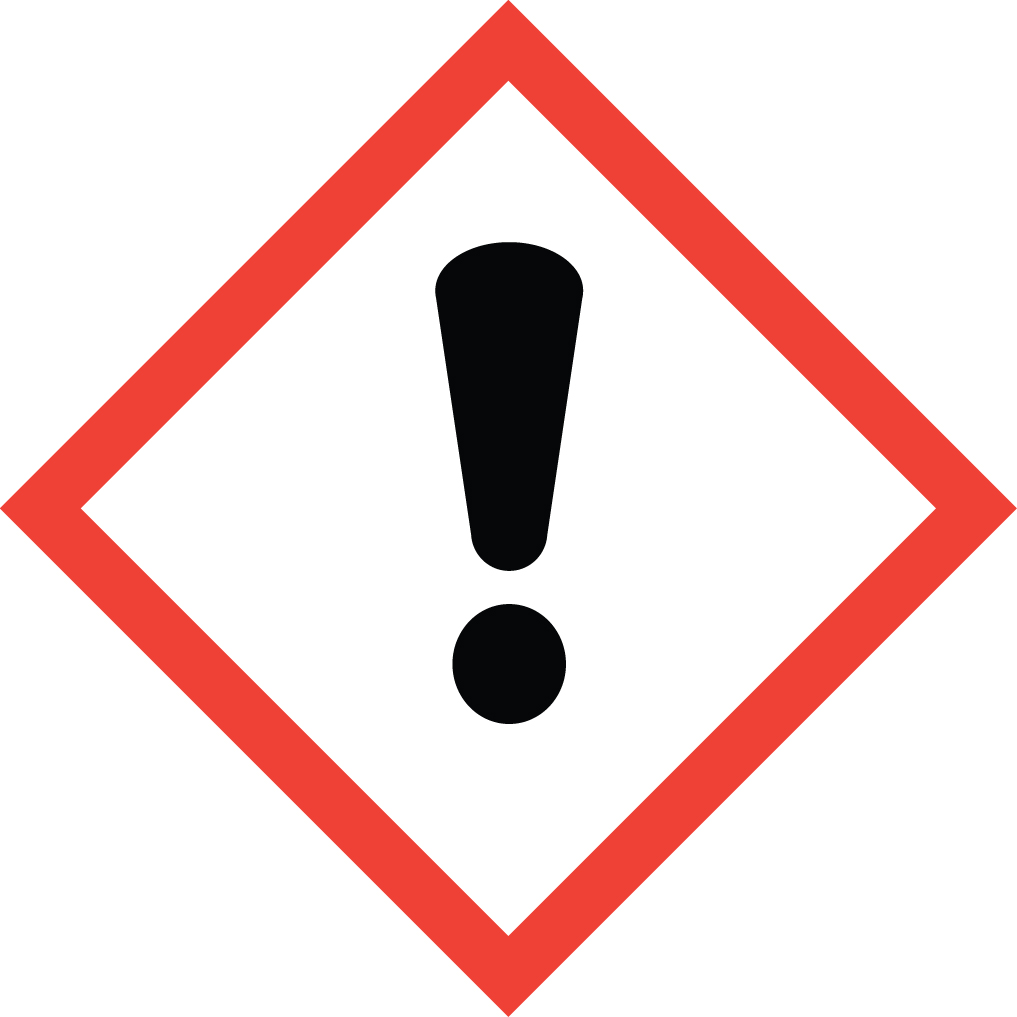 |
Rubber Gloves
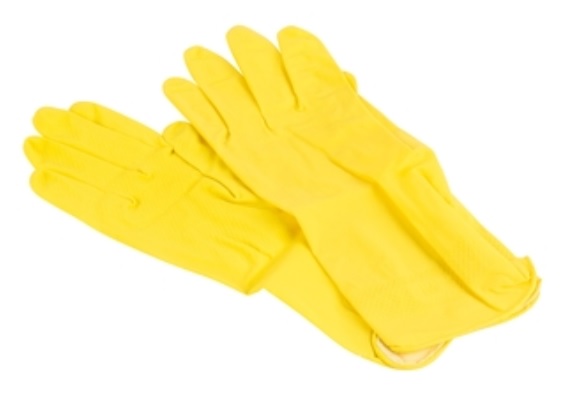 |
| DegreaseAll |
Where there is a thin film of grease on surfaces | Spray and wipe |
Skin Irritant
 |
Rubber Gloves
 |
| Glass Cleaner | Door glass | Spray and wipe | Eye Irritant
 |
|
| TB Disinfectant Spray | On bathroom sink and toilet |
Spray and wipe | Eye Irritant
 |
|
| Tide Floor Soap | Floor | Add to mop water | Skin and Eye Irritant
 |
|
| Hazard: Corrosive | ||||
| Keystone Oven and Grill Cleaner | Fryers | Spray, soak, wipe | Corrosive
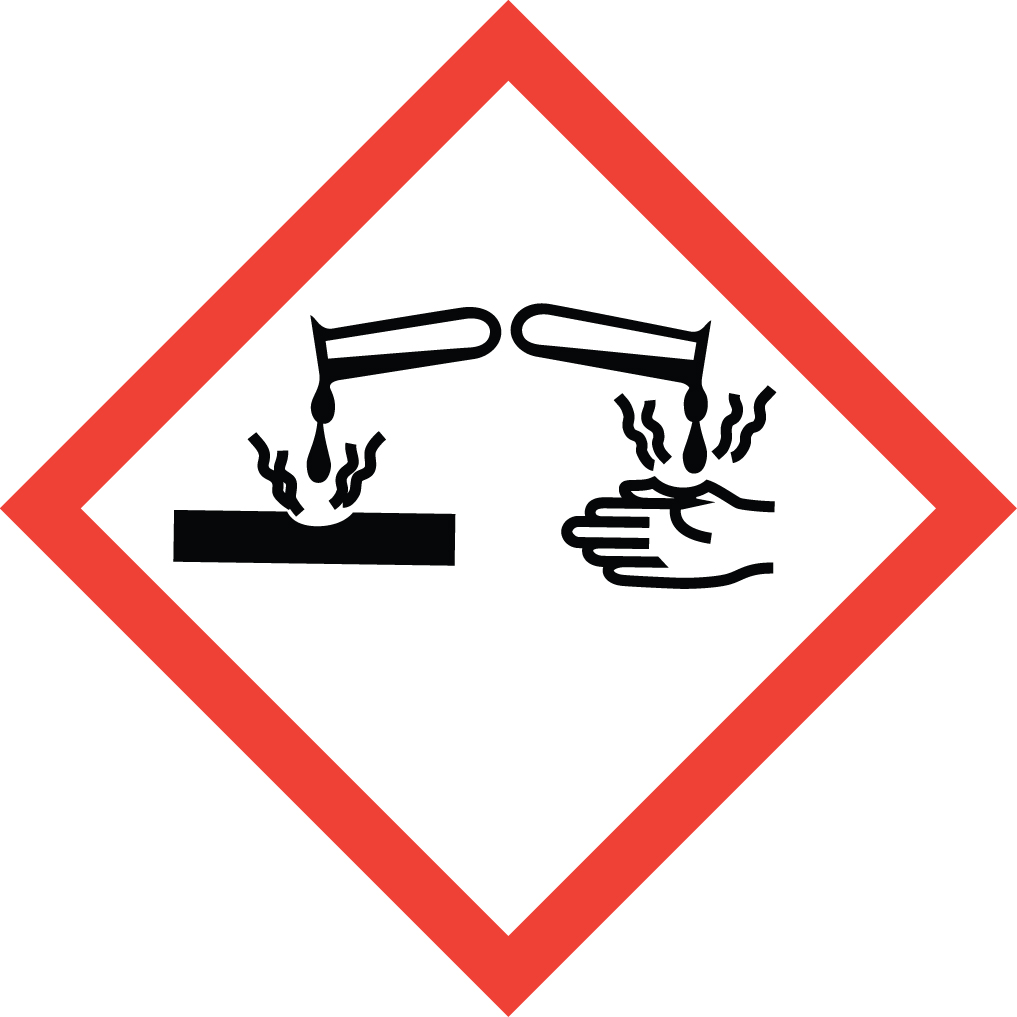 |
Rubber Gloves, Safety Glasses
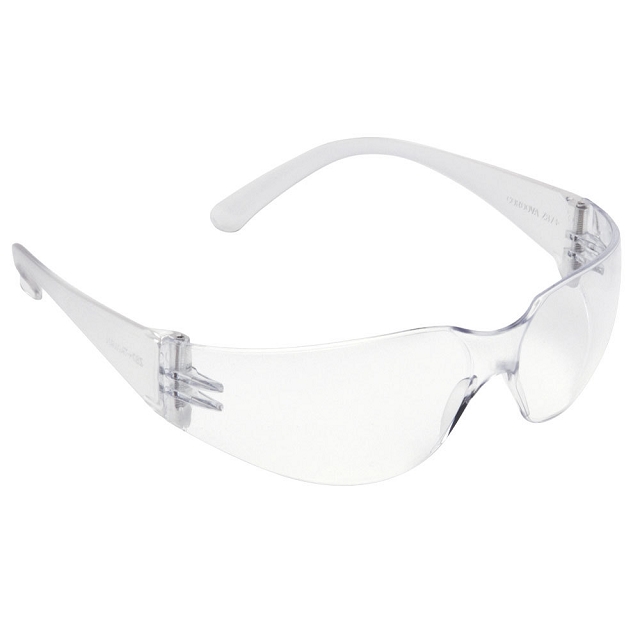  |
| Lime Be Gone | Inside soup heaters |
Pour in, soak, scrub with 3m pad | Corrosive
 |
Rubber Gloves, Safety Glasses
  |
| Sysco Reliance Bleach* | Tables and food contact surfaces |
Used diluted with water to 100 PPM from dispenser | Corrosive
 |
Rubber Gloves, Safety Glasses (if used at full strength,
optional as diluted). *We use this product diluted with water to 100 parts per million (PPM). See the Secondary Containers information below this section.   |
| Titainium Safe Solid Detergent | Dish Machine | Inside Dish Machine | Corrosive
 |
|
| Hazards:
Oxidizer, may be Corrosive, Health Hazard, Irritant |
||||
| LTS 3000* | Dish Machine | Inside Dish Machine *This product is diluted with water to 50 parts per million (PPM). |
Oxidizer, Corrosive, Health Hazard, Irritant
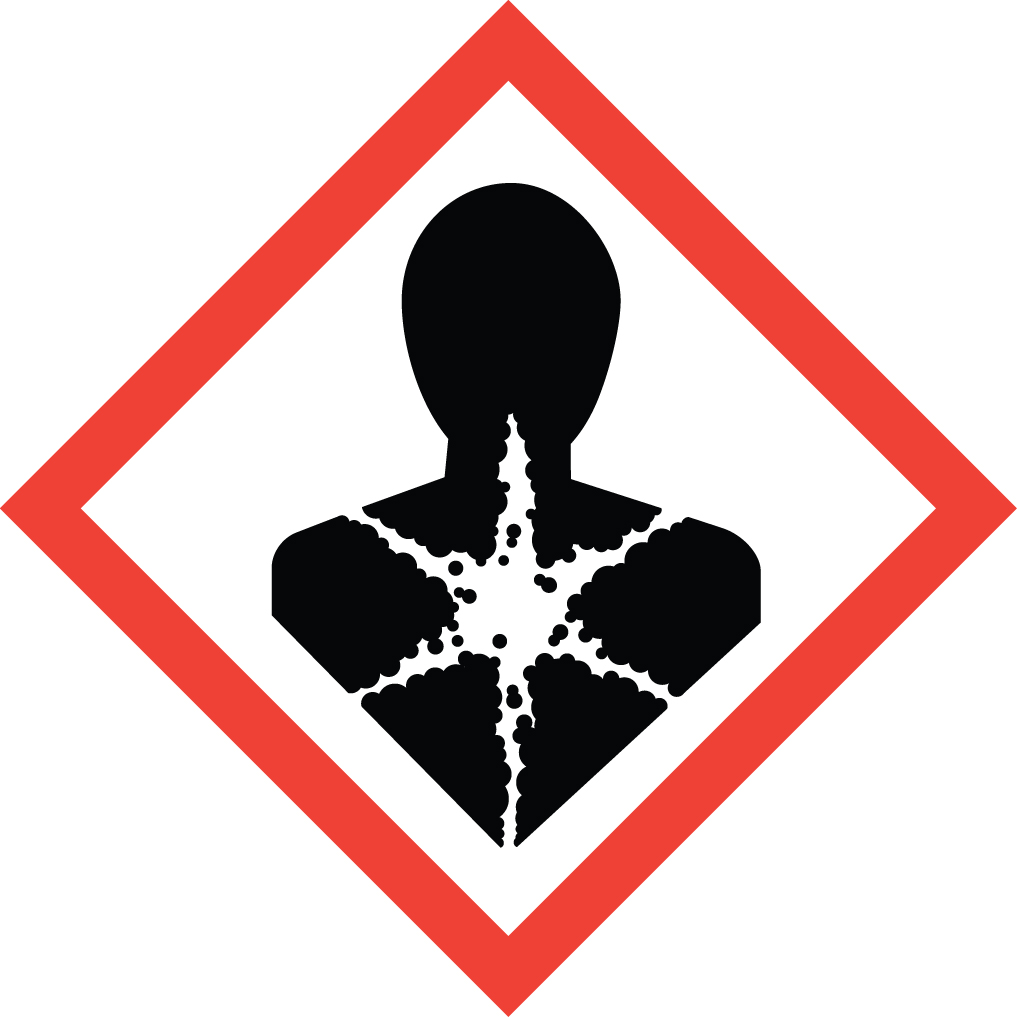  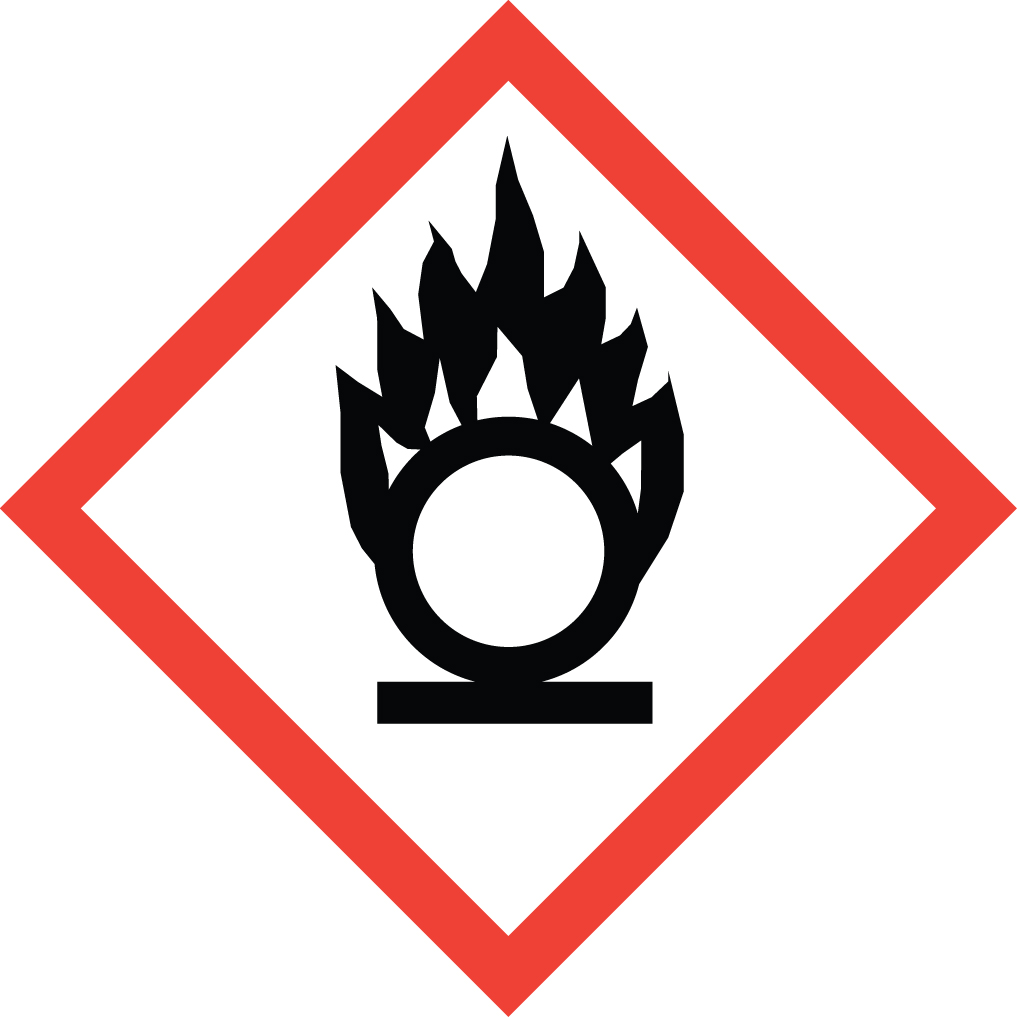  |
|
| Hazard: Flammable | ||||
| Hand Sanitizer | Kitchen | Dispense onto hands |
Flammable
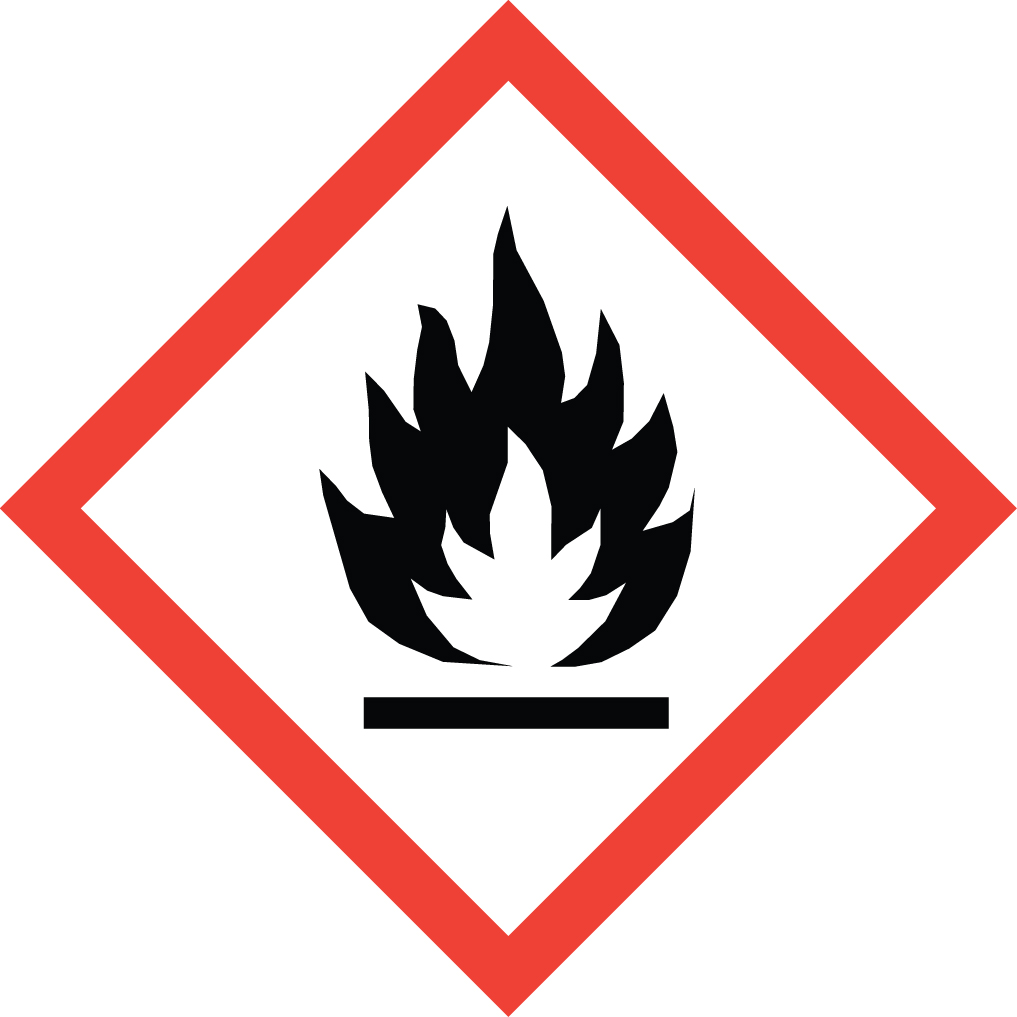 |
|
| Hazards:
Flammable and Aspiration Hazard |
||||
| Stainless Steel Cleaner | Hood Canopy and other SS Steel surfaces | Spray and wipe | Flammable and Aspiration hazard  |
Eliminate ignition sources, have ventilation |
Our Secondary Containers
Here are the secondary containers we use in our workplace.
| Chemical Name |
Work Area Used |
Label and How Used |
Hazard |
PPE |
| Non-Hazardous |
||||
| Enviro 1000 Pot & Pan Solid | Dish Washing Area |
The green kleen-pail is labled as "Detergent". It is used
for Soaking/Washing Towels.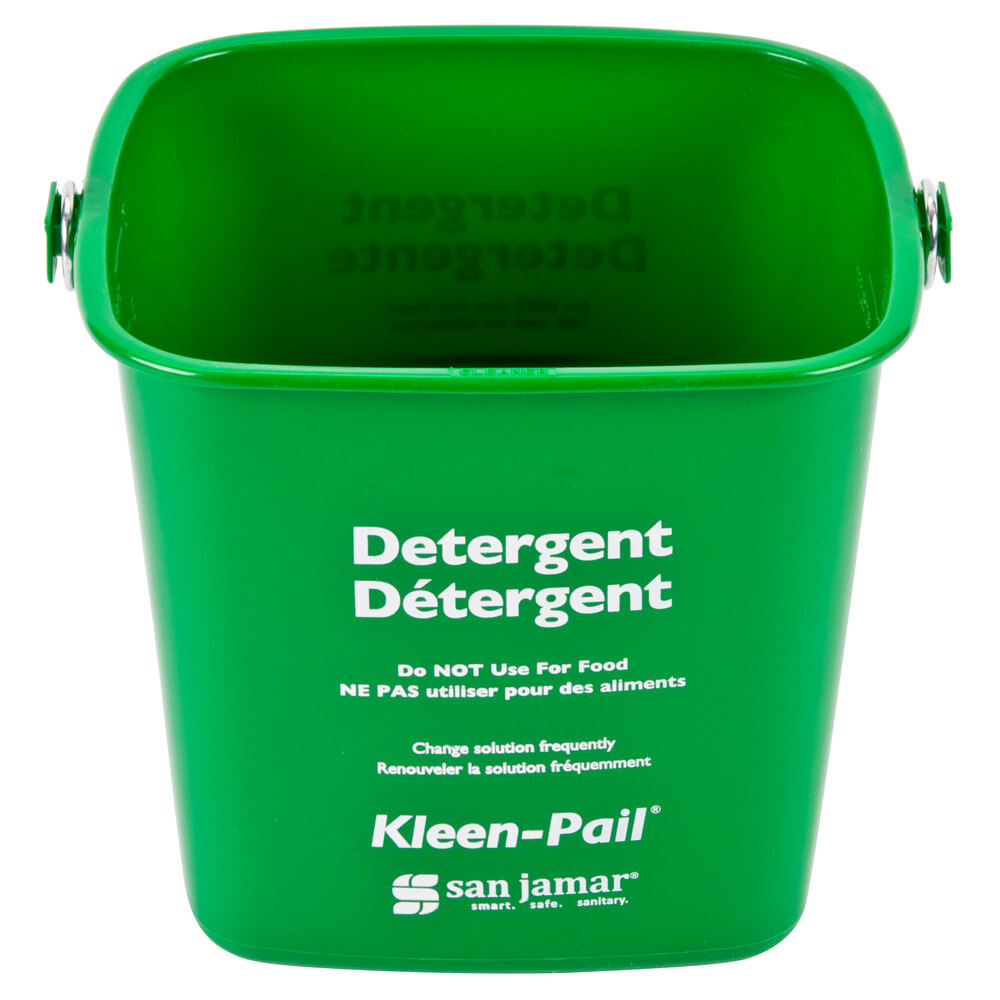 |
This product is highly diluted with water. Use of Rubber Gloves is available per personal preference. | |
| Hazard:
Irritant |
||||
| Sysco Reliance Bleach* | Tables and food contact surfaces |
The red Kleen-pail is labled as "Sanitizer". It is used for
Rinsing/Soaking Towels that will be used to wipe customer
tables and food-contact-surfaces.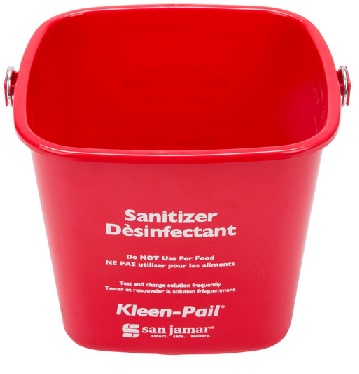 |
Corrosive
 |
This product is diluted with water to 100 parts per million
(PPM). Use of Rubber Gloves is available.
 |
Safe Work Practices
Routine Work Tasks
Use the following safe work practices whenever you use hazardous chemicals:
- Read the Safety Data Sheets prior to starting work
- Refer to the list of Hazards identified for the chemicals we use
- Use personal protective equipment (PPE's) such as gloves or eye protection as suggested
- Limit the volume of hazardous chemicals to the minimum needed
- Keep the work areas clean and orderly
Non-Routine Work Tasks
Before employees perform any special (non-routine) tasks that may expose them to hazardous chemicals that are different or in addition to the chemicals they routinely use, the company will inform them about the chemicals' hazards, any appropriate controls including Personal Protective Equipment (PPE's), provide additional training, and what to do in an emergency.
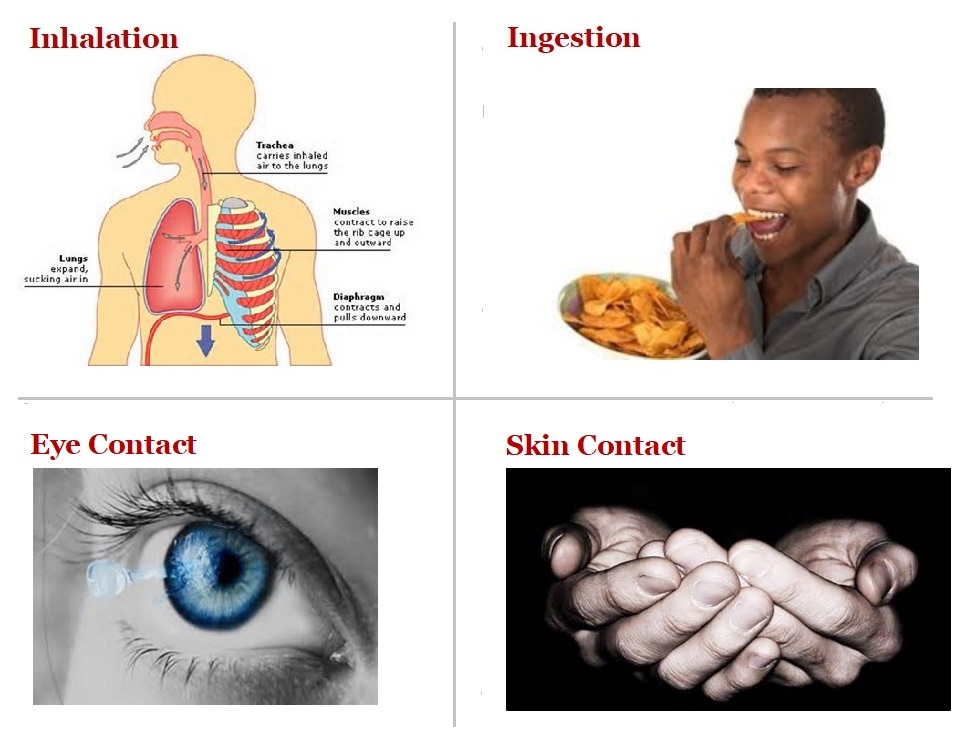 The Ways Chemicals Enter the Body
The Ways Chemicals Enter the Body
Inhalation, Ingestion, Eye Contact, Skin Contact
If You Have an Adverse Effect to any Chemical
In the event that you have an adverse effect to any chemical in the workplace, immediately identify the substance you were using and:
Depending on the severity:
- follow the procedures in the Safety Data Sheet (SDS)
- give self administered first-aid
- seek treatment from an urgent care facility -- addresses listed on the first-aid bulletin board
- call 911
Emergency Procedures
Detection of Chemical Emission
Here are some observations you can use to determine the presence or release of hazardous chemicals in your work area that goes beyond normal use:
- a leak or spill
- an odor
- a cloud
If a Chemical Emission Occurs
If a leak, spill, odor or cloud appears and immediate action your take to stop the leak, spill, odor or could, does not work:
- contact the manager
- contact the maintenance director, Dave Aleman (414) 394-5960
- contact Tom Aldridge (262) 893-1124